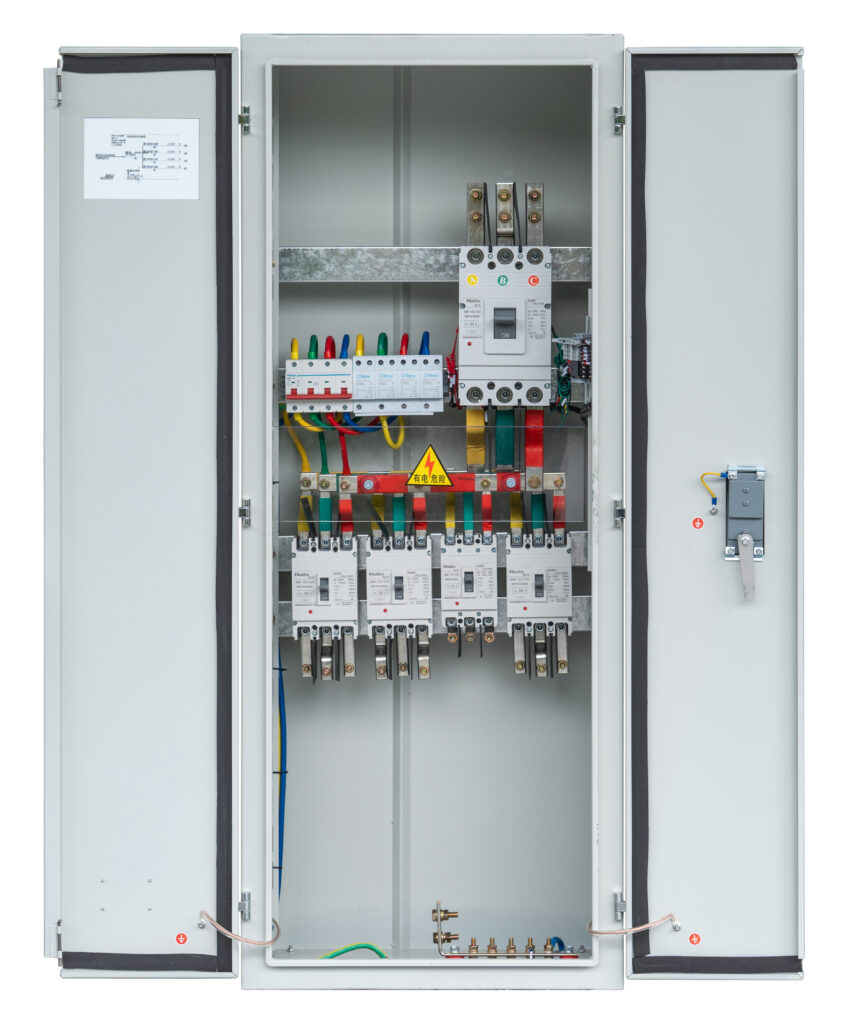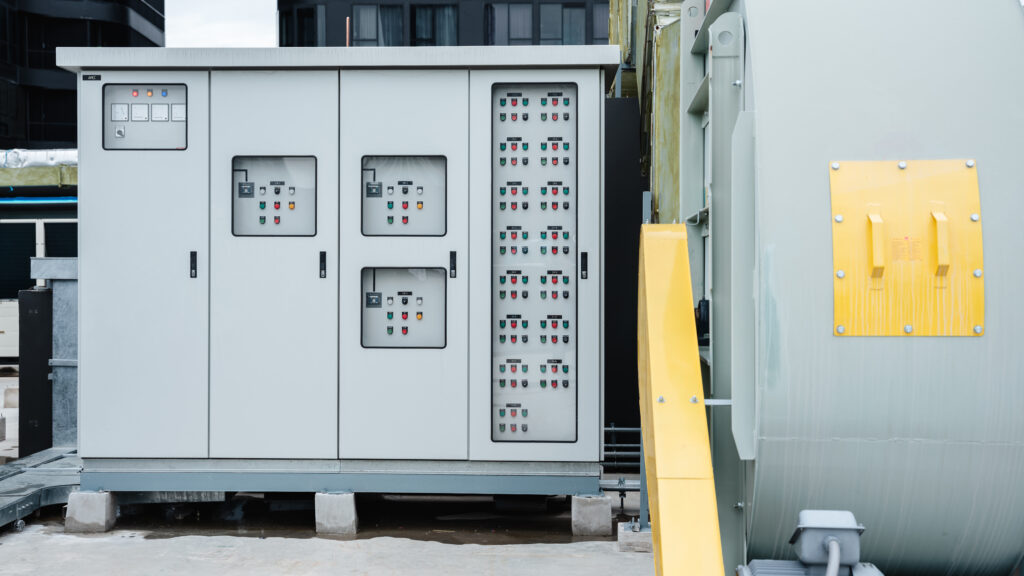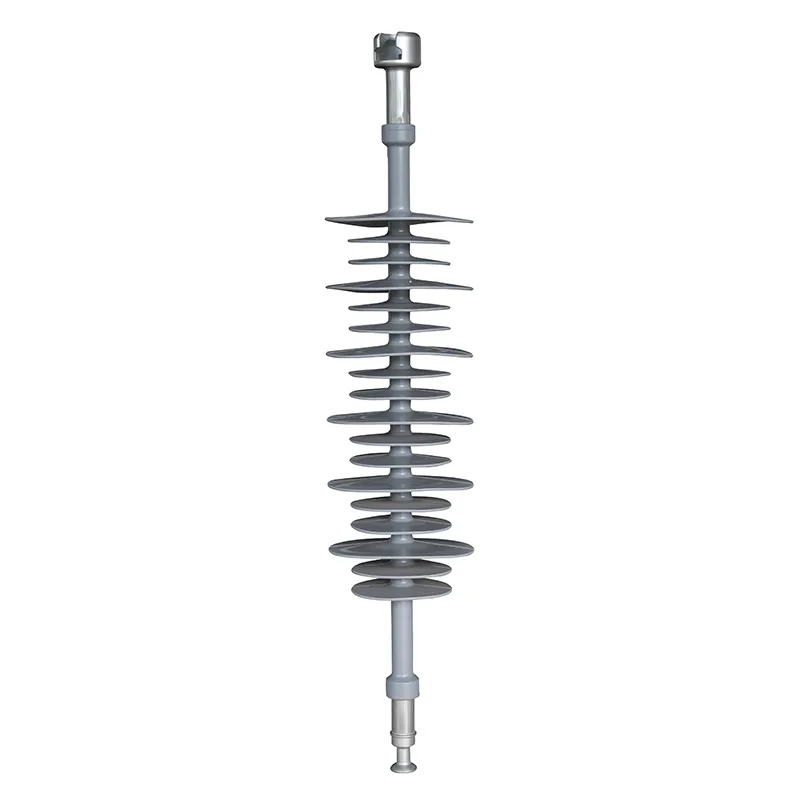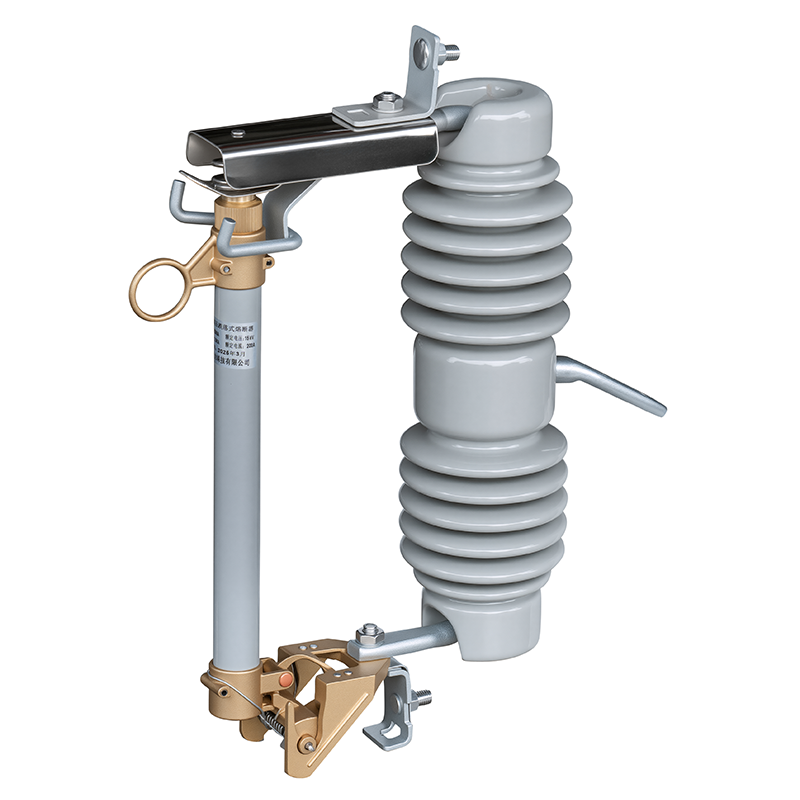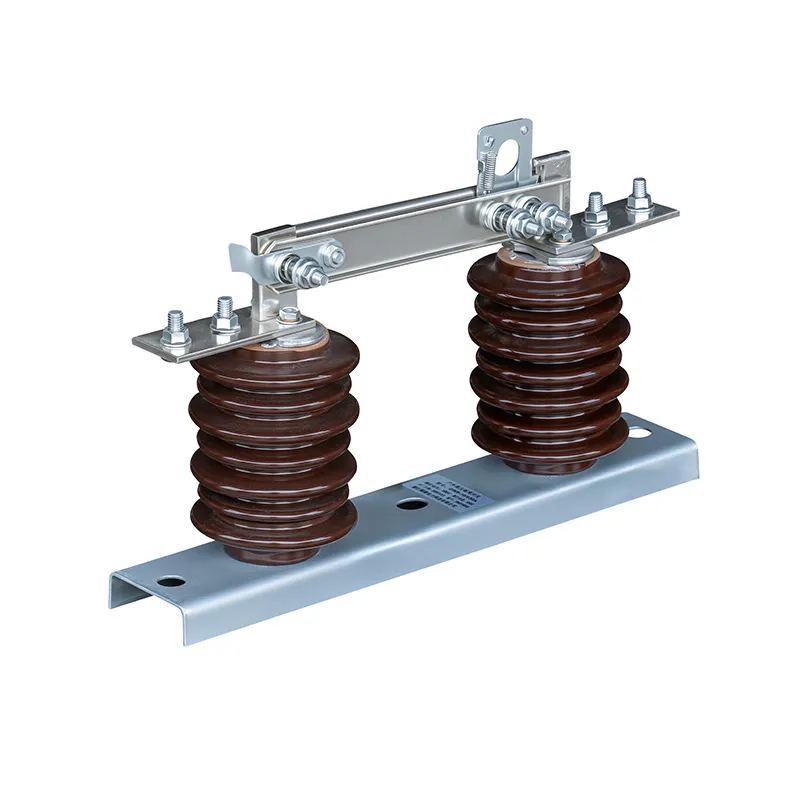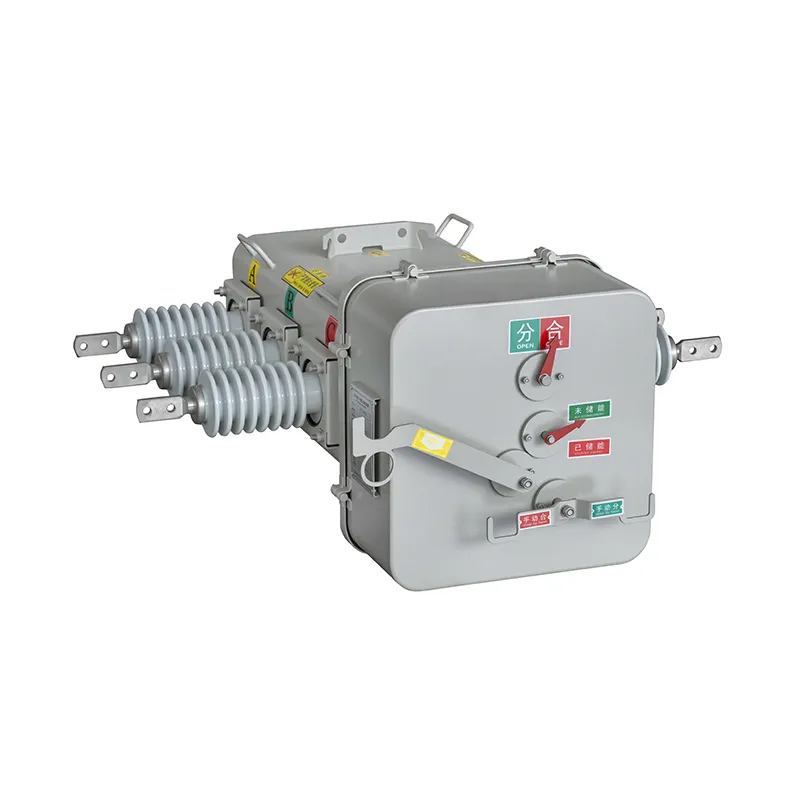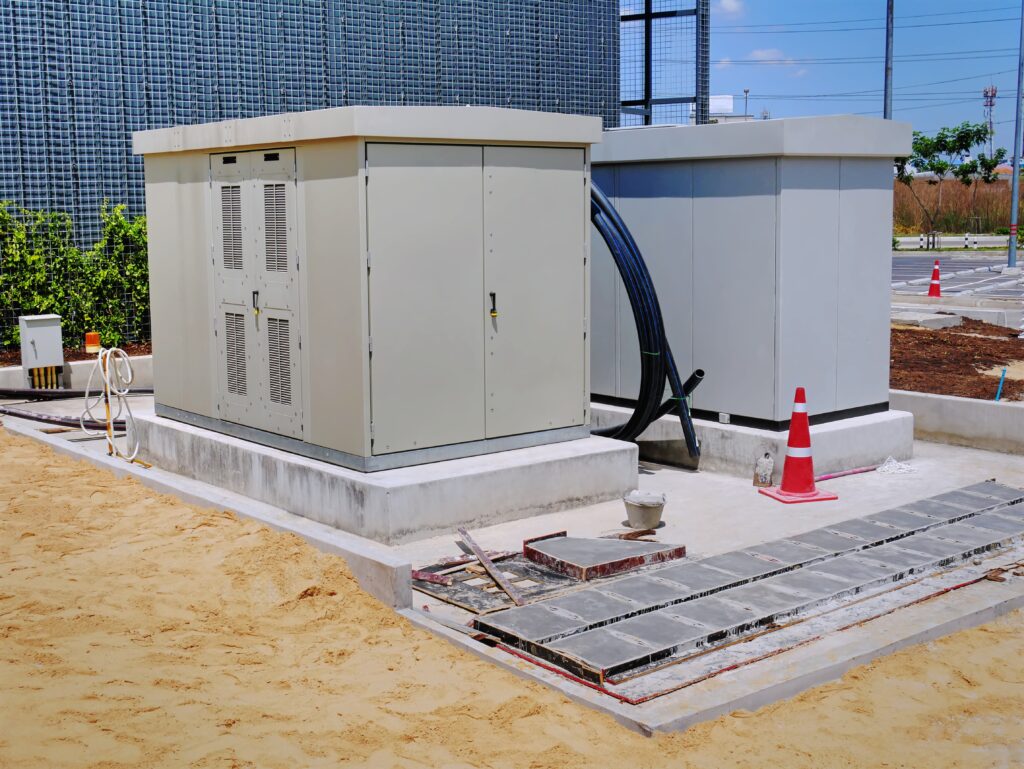
Low Voltage Switchgear Analysis at Key Components
Navigating the intricate world of electrical power distribution, one quickly encounters the indispensable role of low voltage switchgear. But what exactly is ‘low voltage switchgear,’ and why should it matter to manufacturers and industrial clients alike? Simply put, it’s the electrical equipment responsible for controlling, protecting, and isolating electrical circuits at low voltage levels — think of it as the central nervous system that keeps your factory or building’s electricity safe and reliable.
This blog takes a friendly yet detailed dive into the main components of low voltage switchgear, offering insights that blend technical knowledge with practical guidance. By the end, you’ll be equipped to understand key elements, their applications, and common queries many B2B clients often ask. Ready to unlock the power of low voltage switchgear? Let’s get started.
What is Low Voltage Switchgear?
Low voltage switchgear (LV switchgear) refers to a set of equipment designed to manage and protect electrical power distribution under 1,000 volts AC. It includes devices that switch, isolate, and control the electric circuits, ensuring both safety and performance in industrial, commercial, and residential environments.
Why does it matter?
- It prevents circuit overloads or short circuits that could damage equipment or cause hazards.
- Enhances the reliability and controllability of power systems.
- Plays a crucial role in protecting people and property from electrical faults.
Whether you’re building a new factory or upgrading an existing power setup, understanding the components of LV switchgear is foundational.
Main Components of Low Voltage Switchgear
Low voltage switchgear is a critical part of electrical power distribution systems, particularly for safely managing and protecting circuits with voltages typically below 1,000 volts. To understand how it functions effectively, it’s essential to know its main components and their roles. Let’s break down the primary parts of a low voltage switchgear unit with detailed explanations and a helpful table for quick reference.
Cabinets and Compartments Overview
Low voltage switchgear is typically divided into several compartments or cabinets, each designed to house specific components and functions, ensuring safety, control, and reliability through physical separation and clear organization.
- Circuit Breaker Compartment (Functional Unit Room): This is where circuit breakers and protective devices are installed. It isolates and protects electrical equipment by interrupting power when faults occur, such as overload or short circuits.
- Busbar Compartment: Contains metal busbars that distribute power from the incoming source to various outgoing feeders. Busbars are designed to handle electrical currents with minimal loss and heat generation.
- Cable Compartment: Designed for secure and organized cable entry and exit, facilitating easier installation and maintenance of wiring connected to the switchgear.
- Accessory Compartment: Includes control devices, metering instruments, relays, contactors, and fuses necessary for system monitoring, control, and protection.
Each compartment is separated by steel or insulating barriers to prevent accidental contact, reduce fire risk, and minimize fault propagation.
Explanation of Key Components
Circuit Breakers: Circuit breakers are perhaps the most critical devices inside low voltage switchgear. They are responsible for breaking the circuit under fault conditions, protecting the system from damage. Miniature circuit breakers (MCBs) handle smaller loads, ideal for residential or light commercial settings. Molded case circuit breakers (MCCBs) handle higher currents seen in industrial operations. Air circuit breakers (ACBs) are robust, designed to break very high currents and often support motor control centers and large plant layouts.
Busbars: These are the backbone of the current carrying system inside a switchgear. They are made of copper or aluminum with specific shapes and thicknesses designed to handle specific current ratings efficiently. Proper busbar design minimizes heating and energy loss, which is crucial for system efficiency.
Isolating Switches: While circuit breakers automatically open the circuit upon faults, isolating switches provide a manual means to safely disconnect parts of the system. They ensure safe access for maintenance without risk of electric shock.
Contactors and Protective Devices: Contactors allow for remote or automatic switching of electrical circuits, especially useful in controlling motors or lighting. Protective relays constantly monitor system parameters and can command circuit breakers to trip before serious damage occurs.
Fuses: Often used as backup protection devices, fuses destroy themselves to safeguard more expensive or complex components from damage.
Instruments and Monitoring: Instrumentation within the switchgear allows operators to keep track of system performance in real time, facilitating proactive maintenance and fast troubleshooting.
Structure and Safety Features
The cabinet itself is constructed from heavy-duty metal frames and panels, often treated to resist corrosion and environmental damage. Compartments inside the switchgear are strictly separated to enhance safety:
- Steel or insulating barriers separate busbars from cables and breakers.
- Ventilation slots or cooling systems are integrated to manage heat dissipation.
- Doors with locking mechanisms prevent unauthorized access.
This compartmentalization not only prevents accidental contact with live parts but also contains faults and minimizes the risk of fire spreading within the equipment.
Summary Table of Primary Components
| Component | Typical Location | Primary Purpose | Safety Feature |
|---|---|---|---|
| Circuit Breakers | Circuit breaker compartment | Interrupt abnormal currents | Trip and lockout mechanisms |
| Busbars | Busbar compartment | Efficient power distribution | Insulation and barriers |
| Cable Terminals | Cable compartment | Connect power cables | Segregation and cable ducts |
| Isolating Switches | Access panels or breaker compartment | Manual disconnection | Visible gap isolation |
| Contactors | Control compartment | Automated load switching | Mechanical interlocks |
| Protective Relays | Control compartment | Fault detection | Automatic tripping commands |
| Fuses | Fuse holders in circuits | Backup protection | Fusible links |
| Instrument Panels | Control/monitoring area | System measurement and control | Lockable panels to prevent tampering |
Understanding these components and their roles not only demystifies how low voltage switchgear works but also empowers decision-makers to assess quality, troubleshoot problems, and plan maintenance effectively.
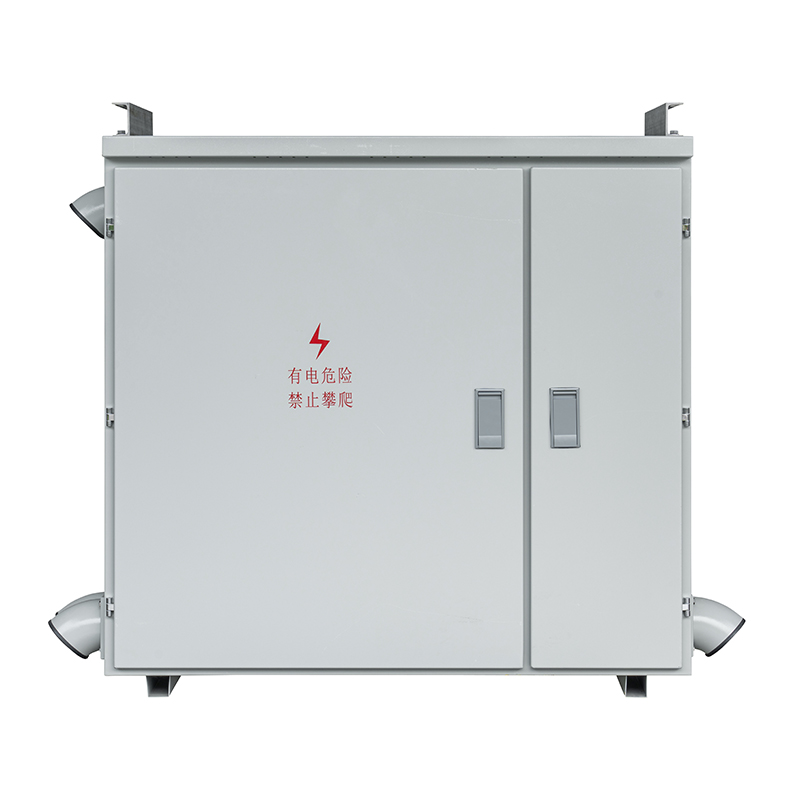
An Low Voltage Switchgear expert supplier should help guide through specifications and offer solutions that fit your budget and technical needs.
Types and Applications of Low Voltage Switchgear
Low voltage switchgear comes in different types based on design and application:
| Classification | Description | Typical Uses |
|---|---|---|
| Front-Access Switchgear | Users access components from the front | Ideal for narrow spaces and smaller plants |
| Rear-Access Switchgear | Rear access for maintenance | Suitable for larger industrial sites |
| Fixed Type | Components fixed inside the cabinet | Cost-effective and easy to install |
| Withdrawable Type | Units that can be pulled out | Enhanced safety and easy maintenance |
Different industries like manufacturing, data centers, and commercial buildings rely on these types based on their specific power management needs.
Maintenance and Safety
Keeping your low voltage switchgear in tip-top shape isn’t just about avoiding downtime—it’s about safety, too. Here’s what you need to know:
Key Maintenance Tasks:
- Regular inspection for signs of wear, corrosion, and overheating.
- Testing protective devices like circuit breakers and relays.
- Ensuring clean, dry, and dust-free conditions inside cabinets.
| Common Faults | Possible Causes | Recommended Action |
|---|---|---|
| Circuit breaker trip | Overload, short circuit | Diagnose load, replace faulty breaker |
| Overheating busbars | Loose connections, poor ventilation | Tighten connections, improve airflow |
| Equipment failure | Aging components | Timely replacements and upgrades |
Remember, safety protocols always come first. Train operators and maintenance staff on proper handling and emergency measures.
How to Choose the Right Low Voltage Switchgear
Selecting the right switchgear might seem overwhelming, but focusing on a few key criteria simplifies the decision:
| Consideration | Why it Matters |
|---|---|
| Voltage and Current Rating | Must match your electrical load demands |
| Safety Certifications | Compliance with IEC, ANSI, or local standards |
| Customization Ability | Tailored solutions fit unique industrial setups |
| Manufacturer Reputation | Reliability and after-sales support |
Understanding the components and functions of low voltage switchgear is more than just technical knowledge—it’s about ensuring the safety, efficiency, and longevity of your electrical system. Whether you’re a factory owner, electrical engineer, or maintenance manager, this comprehensive guide helps demystify the equipment that powers your operations reliably.
Don’t let downtime or faults catch you off guard. Stay informed, maintain wisely, and choose trusted partners for your low voltage switchgear needs. If you’re ready to enhance your power systems or have questions, feel free to reach out for expert advice and tailored solutions. Your power is our priority!
FAQ
Q1. How many compartments does a typical low voltage switchgear have?
A standard LV switchgear includes several compartments: the busbar compartment, circuit breaker compartment, cable compartment, and accessory compartment. Each serves a distinct function to separate and protect components.
Q2. What are the most frequent faults in LV switchgear and their fixes?
Common faults include breaker trips, overheating, and mechanical failures. Fixes range from load balancing and tightening connections to replacing worn parts and improving cooling.
Q3. What is an isolator switch and its function?
An isolator switch disconnects parts of the circuit for maintenance, ensuring safe and complete power isolation.
Q4. What voltage levels apply to low voltage switchgear?
Typically, LV switchgear manages voltages up to 1,000 volts AC, suitable for most industrial power distribution.
Q5. How do you test and commission LV switchgear?
Testing involves insulation resistance tests, continuity checks, and functional operation tests of breakers and relays, ensuring everything is in line with safety standards.
Q6. What are the differences between low voltage and medium voltage switchgear?
Besides voltage range (LV under 1kV, MV from 1kV to about 36kV), MV switchgear uses different components suited for handling higher electrical stresses.
Q7. How can maintenance extend the lifespan of LV switchgear?
Routine inspection, cleaning, and timely replacement of consumables prevent failures and prolong operational life.
Q8. What safety measures are crucial during operation?
Following lockout/tagout procedures, wearing PPE, and ensuring only trained personnel operate the switchgear are essential.

